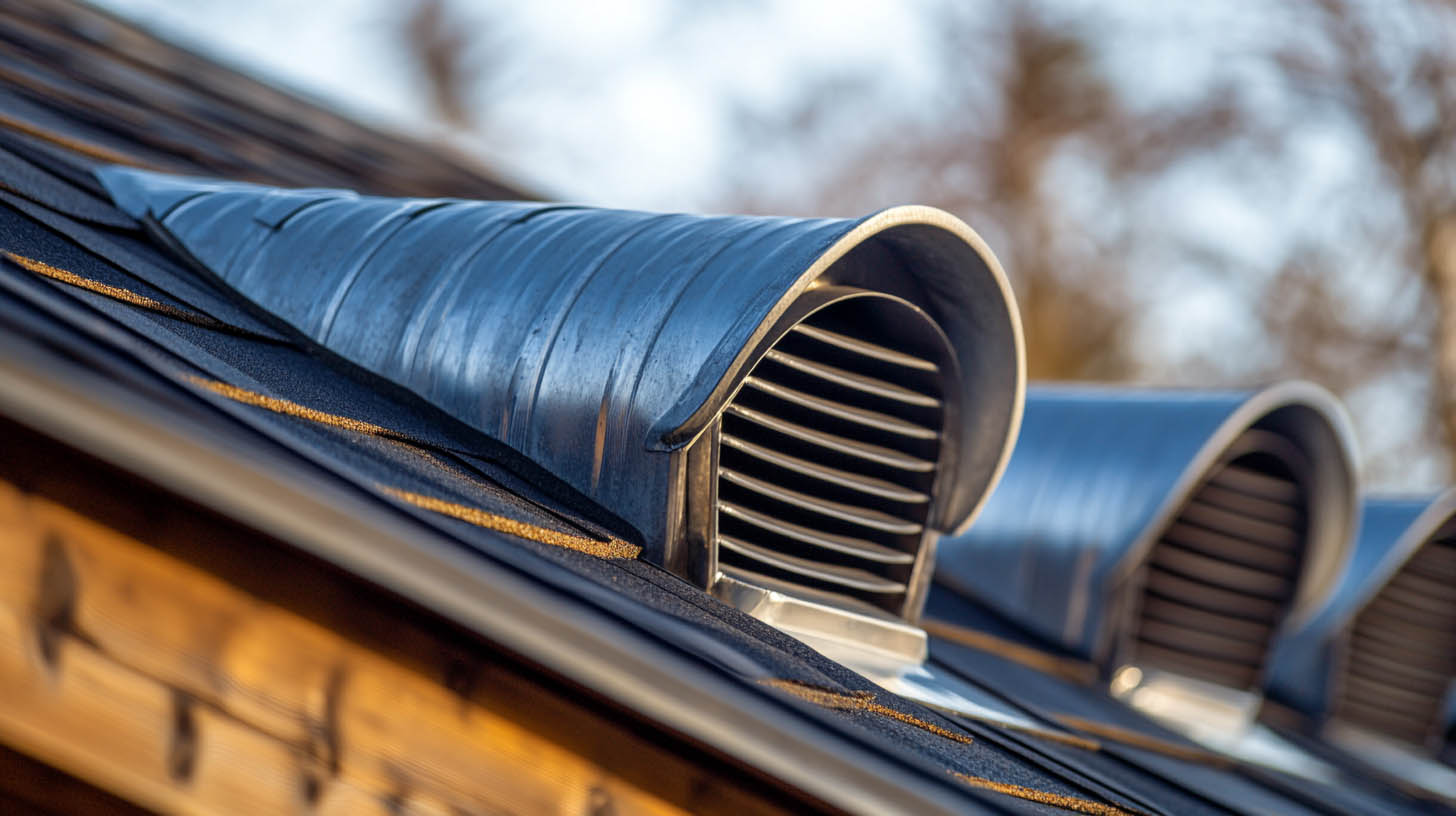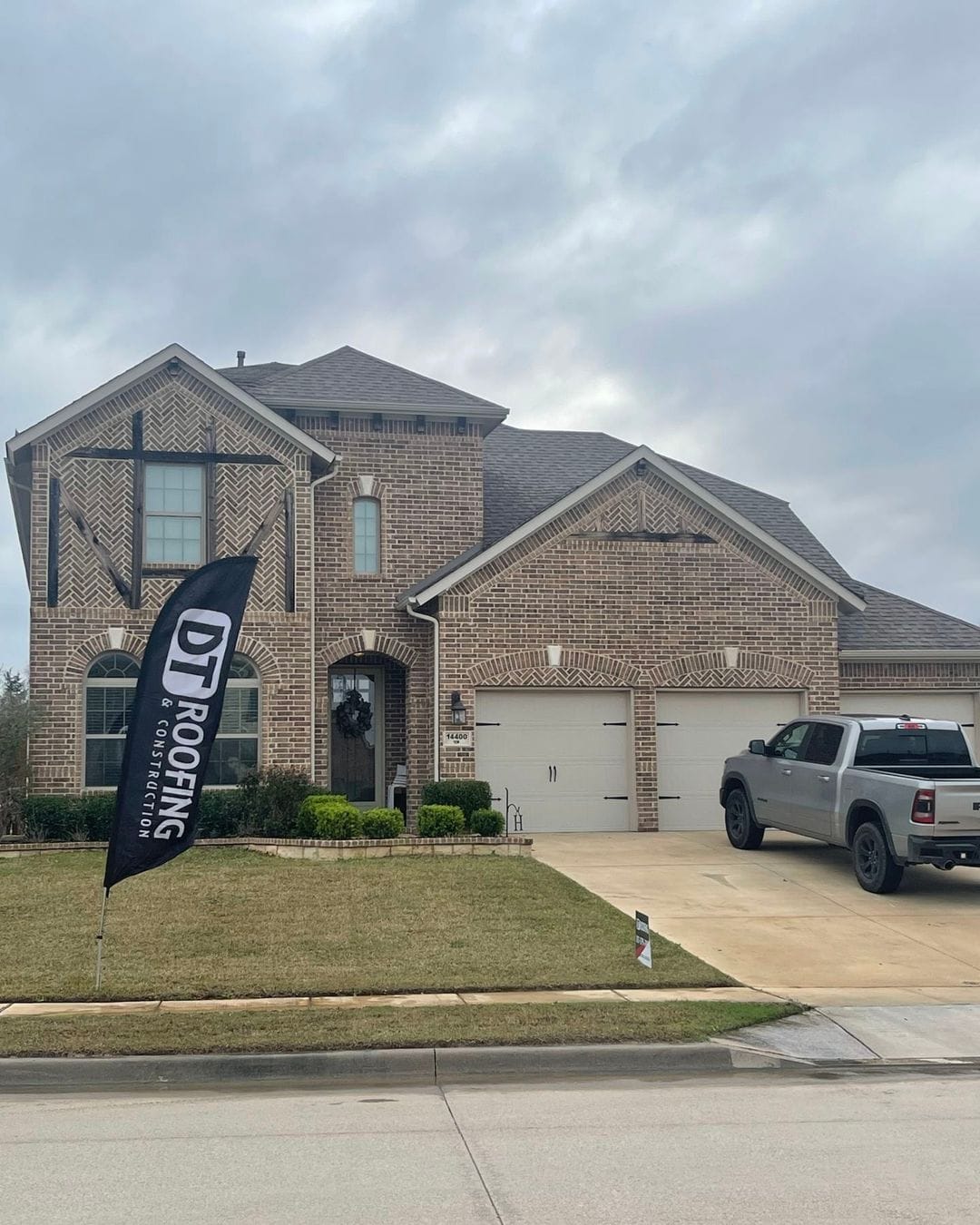
Benefits of Proper Roof Ventilation Explained
Proper roof ventilation is one of the most overlooked yet essential components of a healthy roofing system. Many homeowners focus on materials, warranties, and aesthetics when considering a new roof, but ventilation plays a crucial behind-the-scenes role in extending roof life, improving indoor comfort, and lowering energy bills. In climates like Stephenville, TX, where the summers are hot and humidity levels fluctuate, well-designed ventilation can protect your home from serious long-term issues.
At DT Roofing, we often find that roof problems such as premature shingle deterioration, mold growth, or high attic temperatures can be traced back to poor ventilation. Whether you’re installing a new roof or want to upgrade your existing one, understanding the benefits of roof ventilation can help you make smarter decisions and protect your investment.
What Is Roof Ventilation and How Does It Work?
Intake and Exhaust: A Balanced System
Roof ventilation works by allowing fresh air to enter and stale, hot air to exit the attic space. The system typically includes:
- Intake vents, installed at the soffits or eaves, to draw in cooler outside air
- Exhaust vents, located near the ridge or gables, to allow hot air and moisture to escape
This continuous airflow helps stabilize attic temperatures and reduce moisture levels throughout the year, which directly benefits both your home’s comfort and your roof’s durability.
Reduced Heat Buildup in Summer
The Texas Heat Factor
In Stephenville’s scorching summers, an improperly ventilated attic can reach temperatures over 150°F. This heat doesn’t just stay in the attic—it radiates downward into your living space, forcing your HVAC system to work harder and raising your energy bills.
Proper ventilation minimizes attic heat, helping to:
- Maintain consistent indoor temperatures
- Reduce strain on cooling systems
- Lower overall energy consumption
By allowing excess heat to escape, roof ventilation turns your attic into a thermal buffer instead of a heat trap.
Longer Roof Lifespan
Protecting Roofing Materials
When attic heat builds up, it accelerates the breakdown of roofing materials. This is especially true for asphalt shingles, which can lose their protective granules and become brittle under prolonged exposure to high temperatures.
Well-ventilated roofs stay cooler, which helps prevent:
- Cracked or curled shingles
- Premature granule loss
- Warping of the underlayment and decking
As a result, your roof lasts longer and performs better over time.
Moisture Control in Cooler Months
Preventing Condensation Issues
While summer brings the heat, cooler months present their own risks. Everyday indoor activities—like cooking, bathing, and laundry—release moisture into the air. That moisture rises into the attic, where it can condense on cool surfaces if airflow is inadequate.
Trapped attic moisture can lead to:
- Mold and mildew growth
- Rotting of wood framing and decking
- Damaged insulation
By allowing moist air to escape, roof ventilation prevents these issues and protects both the structure and the air quality of your home.
Better Insulation Performance
Keeping Insulation Dry and Effective
Moisture doesn’t just rot wood—it also damages insulation. Wet insulation loses its R-value (thermal resistance), making it far less effective at keeping your home warm in winter and cool in summer.
A well-ventilated attic helps keep insulation dry, preserving its performance and ensuring your energy-efficiency upgrades actually deliver the expected savings.
Prevention of Ice Dams (Even in Texas)
Rare but Costly
While not common in Texas, ice dams can still occur during sudden cold snaps or unusual winter storms. These form when attic heat melts snow on the roof, which then refreezes at the eaves and blocks proper drainage.
This process can lead to:
- Water backing up under shingles
- Interior ceiling leaks
- Damage to gutters and flashing
Good ventilation keeps the attic closer to the outside temperature, helping to prevent the formation of ice dams before they start.
Healthier Indoor Environment
Improving Air Quality
Trapped attic moisture can encourage the growth of mold and mildew, which can eventually make its way into your home’s ventilation system. This is especially problematic for people with allergies or respiratory conditions.
Ventilation promotes a healthier home by:
- Reducing airborne pollutants
- Preventing mold spores from spreading
- Maintaining consistent indoor humidity levels
If your attic has a musty smell or shows signs of moisture, ventilation upgrades can make a significant improvement in indoor air quality.
Optimized Roofing System Performance
Not All Ventilation Systems Are Equal
An effective ventilation system balances intake and exhaust. Too much exhaust with too little intake can cause negative pressure, pulling conditioned air from your home. Too much intake and not enough exhaust leaves hot, humid air trapped.
That’s why it’s important to work with a knowledgeable contractor who can:
- Calculate the correct amount of ventilation based on attic size and roof slope
- Choose the right vent types and placements
- Ensure the system complies with local building codes
Improperly installed or poorly designed systems can do more harm than good.
Signs You May Have a Ventilation Problem
Homeowners often don’t realize there’s a problem until symptoms begin to show. Look for these red flags:
- Hot, stuffy attic in summer
- Mold or mildew odors
- Condensation on attic rafters
- Uneven temperatures in different parts of the home
- Rapid shingle deterioration or roof discoloration
- Ice buildup near the eaves in winter
If you notice any of these issues, a roof inspection can determine if your ventilation system is the root cause.
A Smarter, More Comfortable Home
Proper roof ventilation is more than a technical detail—it’s a core component of home health and energy efficiency. With the right system in place, you’ll benefit from:
- Lower energy bills
- Longer roof life
- Consistent indoor temperatures
- Improved air quality
- Fewer repairs and reduced moisture damage
Whether you’re replacing your roof or just looking to optimize your current system, ensuring proper attic airflow should be at the top of your checklist.
Read also our blog: How to Choose the Best Roofing Material for Your Home












